Aesculapian Snake
- December 17, 2023
- 0 comment
The Aesculapian Snake, scientifically known as Zamenis longissimus, is a non-venomous serpent found predominantly in Europe. Named after Aesculapius, the ancient Greek god of healing and medicine, these snakes have long been associated with medicinal and therapeutic qualities. With a slender and elegant appearance, Aesculapian Snakes typically exhibit a brown or grayish coloration, complemented by a series of dark markings along their bodies.
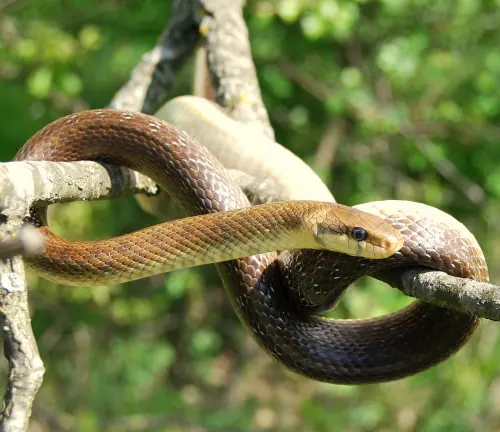
These snakes are adept climbers, often seen scaling trees and shrubs in their natural habitat. Known for their docile nature, Aesculapian Snakes have been historically revered, even being kept in temples dedicated to Aesculapius for their perceived healing properties. Unlike their venomous counterparts, Aesculapian Snakes subdue their prey through constriction. Unfortunately, their populations face threats due to habitat loss and fragmentation, emphasising the importance of conservation efforts to ensure the survival of this fascinating species.
| Characteristic | Description |
|---|---|
| Scientific Name | Zamenis longissimus |
| Common Name | Aesculapian Snake |
| Family | Colubridae |
| Length | Up to 2 meters (6.6 feet) |
| Coloration | Brown or gray with dark markings |
| Habitat | Woodlands, meadows, and rocky areas |
| Diet | Mainly feeds on small mammals, birds, and eggs |
| Behavior | Diurnal and arboreal, skilled climber |
| Reproduction | Oviparous (lays eggs), clutch size typically 5-15 |
| Lifespan | Approximately 15-20 years in the wild |
| Conservation Status | Vulnerable due to habitat loss and fragmentation |
| Cultural Significance | Associated with healing and medicine in ancient lore |
Venomous or Not Venomous?
One of the intriguing aspects of the Aesculapian Snake is its non-venomous nature. Unlike some of its serpent counterparts, this species relies on constriction to subdue its prey. Understanding this crucial distinction enhances our appreciation for these snakes, as it emphasizes their unique and non-threatening place in the ecosystem.
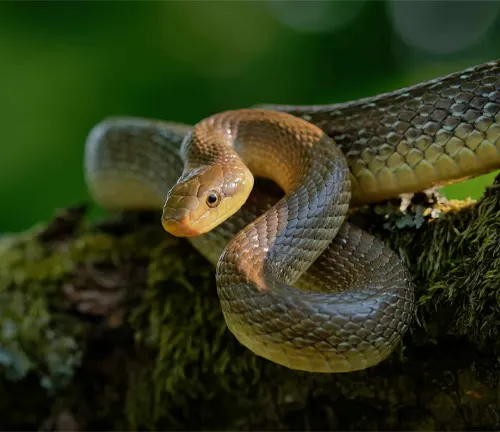
Ecological Importance
The Aesculapian Snake plays a vital role in maintaining ecological balance. As adept climbers, they contribute to controlling small mammal and bird populations, thus preventing potential imbalances in the ecosystem. Their presence highlights the intricate web of relationships among species in their habitat.

Habitat
Aesculapian Snakes can be found in a variety of habitats, including woodlands, meadows, and rocky areas. Their adaptability to different environments showcases their resilience and ability to coexist with various ecosystems.
Behaviour
Known for their docile nature, Aesculapian Snakes are diurnal creatures, meaning they are active during the day. Their arboreal tendencies make them skilled climbers, often observed ascending trees and shrubs in search of prey. Understanding their behavior is essential for appreciating their role in the ecosystem.
Art And Culture
Throughout history, the Aesculapian Snake has held cultural significance, especially in ancient Greek and Roman mythology. The association with Aesculapius, the god of healing and medicine, has rendered these snakes symbols of health and wellness. Their presence in art and mythology adds a layer of intrigue to their biological importance.
Survival
The survival of Aesculapian Snakes is currently under threat due to habitat loss and fragmentation. Human activities continue to encroach upon their territories, emphasizing the need for conservation efforts to ensure the continued existence of this species.

Conservation
Conservation initiatives are crucial to safeguarding the Aesculapian Snake and its habitat. Efforts to mitigate habitat loss, establish protected areas, and raise awareness about the importance of these snakes in maintaining ecological balance are essential for their survival.
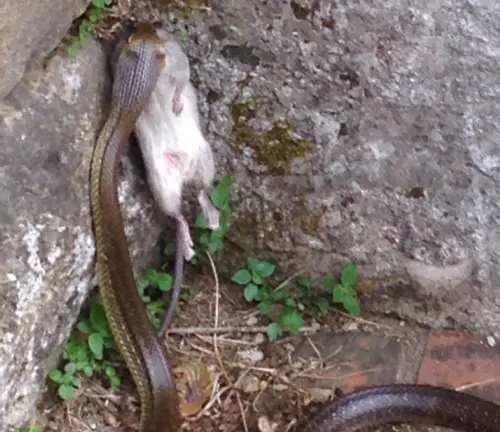
Common Food
Aesculapian Snakes have a varied diet, mainly consisting of small mammals, birds, and eggs. Understanding their feeding habits provides insight into their ecological role as both predator and prey in the delicate balance of their ecosystem.
Benefits
Despite their misunderstood reputation, Aesculapian Snakes offer several benefits to their ecosystems. By controlling populations of small mammals and birds, they contribute to the overall health and balance of their habitats. Appreciating these benefits underscores the importance of their conservation.
Different Species
Zamenis longissimus longissimus
This is the nominate subspecies and represents the Aesculapian Snake found in various parts of Europe, including Italy, Switzerland, and the Balkans.
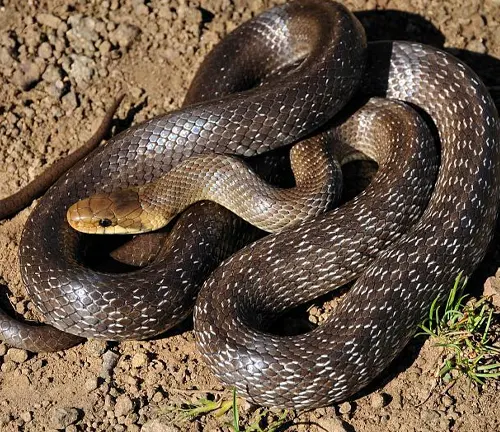
Zamenis longissimus lanzai
Found in parts of eastern Europe, including Hungary and Romania, this subspecies has slight variations in its characteristics compared to the nominate subspecies.
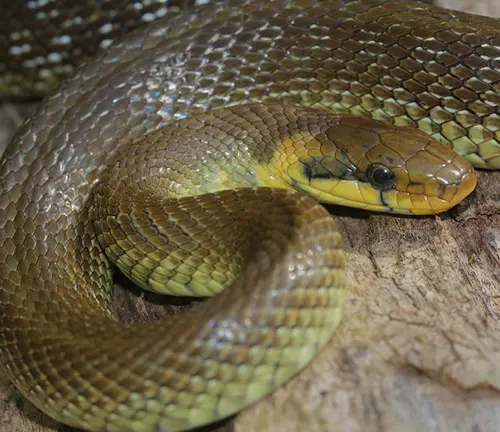
Zamenis longissimus pater
This subspecies is native to Greece and is characterised by its specific geographic distribution and subtle differences in appearance.
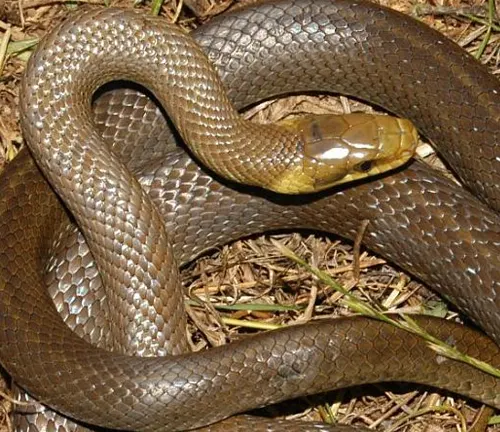
Zamenis longissimus bosniensis
Found in Bosnia and Herzegovina, this subspecies is adapted to the specific environmental conditions of its region.
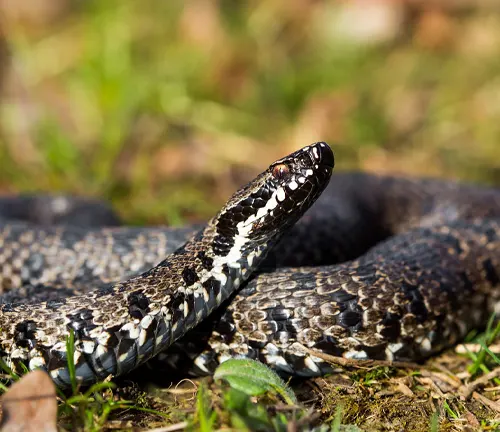
Conclusion
In conclusion, the Aesculapian Snake is not just a marvel of nature but a vital component of ecosystems. From their botanical beauty to their cultural significance, these snakes deserve our attention and protection. Through conservation efforts and a deeper understanding of their ecological role, we can ensure the continued existence of this fascinating species for generations to come.
Frequently Asked Questions (FAQs)
1. What is the Aesculapian Snake?
The Aesculapian Snake (Zamenis longissimus) is a non-venomous snake species found in various parts of Europe. It is known for its slender and elegant appearance, often associated with the ancient Greek god of healing and medicine, Aesculapius.
2. Are Aesculapian Snakes venomous?
No, Aesculapian Snakes are not venomous. They use constriction to subdue their prey, a characteristic that distinguishes them from venomous snakes.
3. What is the habitat of the Aesculapian Snake?
Aesculapian Snakes inhabit a range of environments, including woodlands, meadows, and rocky areas. They are adaptable and can thrive in diverse ecosystems.
4. How big do Aesculapian Snakes get?
Aesculapian Snakes can reach lengths of up to 2 meters (6.6 feet). Their slender bodies contribute to their overall graceful appearance.
5. What do Aesculapian Snakes eat?
Aesculapian Snakes have a varied diet that includes small mammals, birds, and eggs. They are skilled climbers and may hunt in trees and shrubs.
6. Are Aesculapian Snakes endangered?
Aesculapian Snakes face threats such as habitat loss and fragmentation, making some populations vulnerable. Conservation efforts are essential to ensure their survival.
7. Do Aesculapian Snakes have cultural significance?
Yes, Aesculapian Snakes are associated with healing and medicine in ancient Greek and Roman mythology. They were revered and kept in temples dedicated to Aesculapius.
8. How can one distinguish between Aesculapian Snakes and other snake species?
Aesculapian Snakes have a distinct appearance with brown or grayish coloration and dark markings. Their non-venomous nature and arboreal behavior are also key characteristics.
9. What is the lifespan of Aesculapian Snakes?
In the wild, Aesculapian Snakes can live approximately 15-20 years. Their lifespan may vary based on factors such as habitat conditions and predation.
10. How can we contribute to the conservation of Aesculapian Snakes?
Supporting conservation initiatives, raising awareness about their ecological importance, and respecting their natural habitats are crucial steps in ensuring the well-being of Aesculapian Snakes.






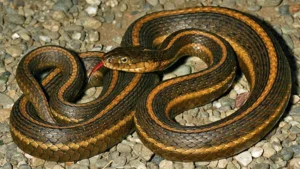
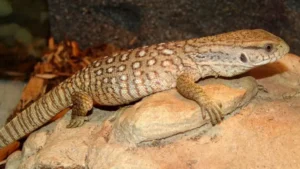
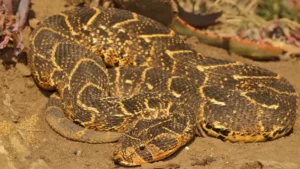




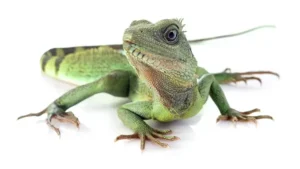
Leave your comment